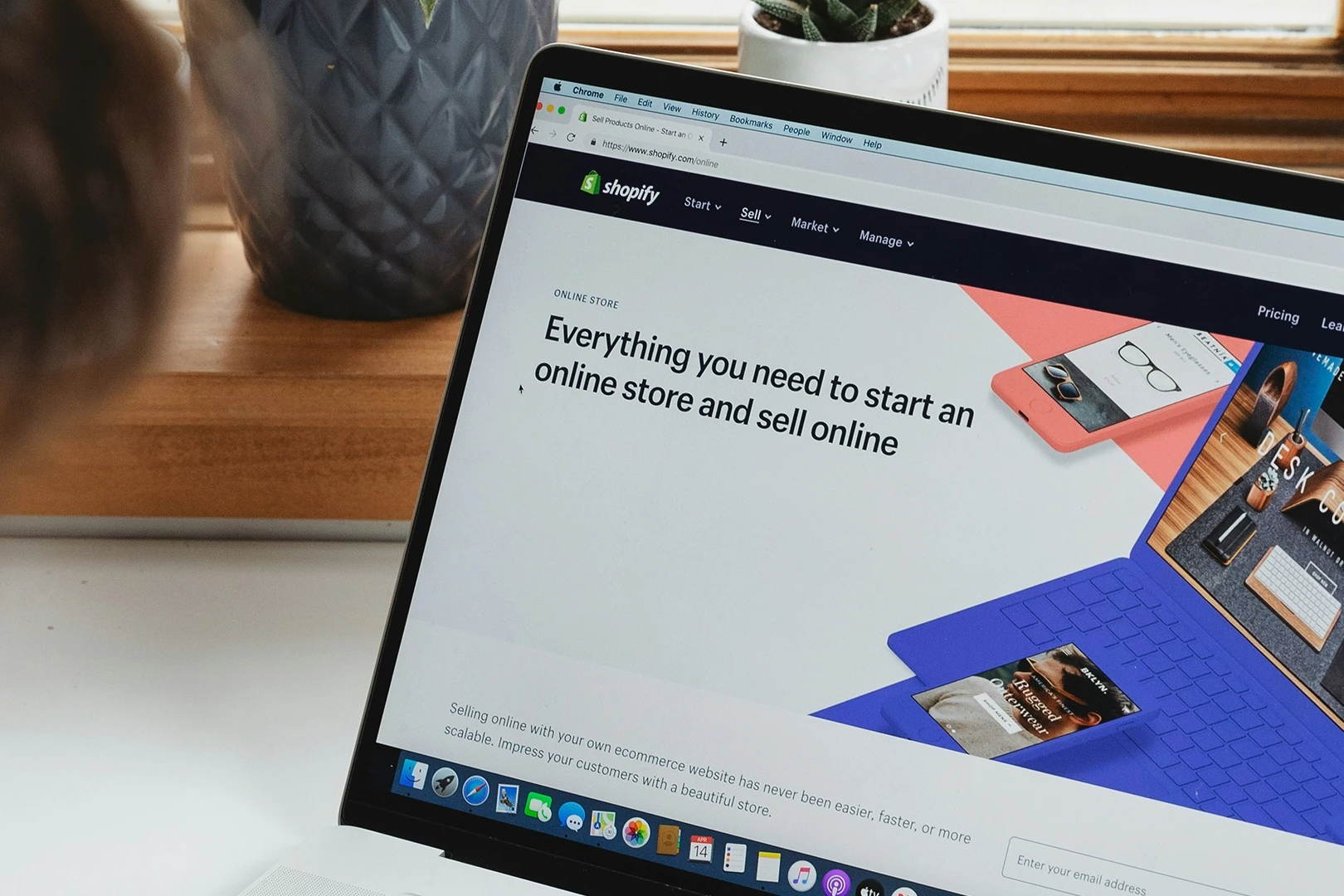How to Map and Optimise the Customer Journey
Mapping and refining the customer journey is vital for brands and businesses aiming to optimise customer experiences and increase conversion rates. By understanding the steps a customer takes with your brand, from awareness to purchase, you can tailor your marketing efforts accordingly to meet their needs and guide them toward a favourable outcome.
Here’s a step-by-step guide to help you map out and optimise your customer journey.
45.9% of businesses rank customer experience as their priority for the next 5 years

1. Identify Your Buyer Personas
Firstly you need to understand who your customers are and the different types of customers your have. You should begin to create detailed buyer personas (customer personas) that include the specific customer’s demographics, behavior patterns, goals, and pain points across their journey.
These buyer personas are fictional and generalised representations of your ideal customers. Similar types of customer can be grouped together to help you cater to their specific needs. By segmenting your audience into specific personas, you can better anticipate their actions, needs and tailor your messaging at each stage of the journey to resonate better with that specific audience.
2. Mapping Out the Customer Journey
Mapping out the touch points customers interact with across your journey is key. Create a visual map of the customer journey, defining each stage and the associated touch points that these customers interact with.
Businesses should consider all possible interactions and touch points a customer might have with your brand, both online and offline. For example some touch points may include:
- Company website
- Social Media
- Customer Service
- Targeted Advertising
- In Store Interactions
- Marketing channels
A typical customer journey includes stages:
- Awareness
- Consideration
- Purchase
- Retention
- Advocacy.
Map out the emotions, channels, challenges and touch points that customers might face at each stage of their journey. This will allow you to pin point areas of the journey which need improvement and help you to convert more potential customers into actual customers.

3. Analysing Customer Behaviour
Understanding actual customer behaviour will enable you to gain deeper insight into how your customers are interacting with your marketing channels and touch points across your business.
Use analytics and data tools to track actual customer behaviour at each stage of your journey. You can look into metrics such as:
- Bounce rates
- Time on page
- Conversion rates
- Customer feedback
- Reviews
- Engagement Rate
This data will help you understand how customers move through the buying journey and where they encounter challenges with your channels. For instance, if you notice a significant drop-off point at the consideration stage on your website, you may need to rethink your content marketing strategy and messaging at this point in the journey to get more conversions. For example you could make reviews for your product more prominent on your product page to reassure and persuade customers to take action.
4. Tailor Your Content
Develop content and marketing strategies that address the direct needs of your customers at each stage of the buying journey. For example you could create different content such as blog posts and social media videos to build and make different audiences aware of your product and brand. While other types of content such as case studies, reviews and testimonials can assist in the consideration stage of the buying journey.
You must ensure you deliver the correct messaging at the right time to maximise the impact of your content marketing. You should also begin to personalise content and messaging based on where you feel the customer is in their journey.
5. Test and Refine
You should always ensure to continuously optimise your customer journey by testing different approaches and refining your strategies based on what you learn.
You can use some of the following methods to continually optimise your customer journey:
- A/B testing
- Surveys
- Customer feedback
- User Testing
- Utilise Analytical Tools
Optimisation is an ongoing process and cannot be perfected and left alone. You can however stay ahead of the curve by regularly testing and refining your content and marketing strategies help you stay responsive to changing customer needs and market conditions.

Tools for Mapping the Customer Journey
1. Lucidchart: Lucidchart is a diagramming tool that allows businesses to create detailed journey maps for their customer journey with ease. It’s useful for visualising every step of the customer’s interaction with your brand and seeing this is a graphic and animated way.
2. Smaply: This tool is designed for customer journey mapping at its core. It helps businesses create personas, visualise customer journeys, and map out the emotional journey of different customers across each touchpoint.
3. Google Analytics: A popular tool primarily used as an analytics tool, Google Analytics can be instrumental in tracking user behaviour on your website or app. This not only gives key insights into how your customers are interacting with your website , but it also helps to identify key touchpoints and drop-off points in the customer journey.
4. Hotjar: An extensive behaviour analytics tool that provides different types of data including heatmaps, session recordings, and feedback polls. This provides brands a deep understanding of how users are interacting with their website and where they might encounter friction in their buying process.
5. HubSpot: A CRM platform that allows businesses to track customer interactions across various different channels, giving a complete overview of the customer journey.
Interested in the Customer Journey? Take a look at 'Why optimising the customer journey is key for digital marketing success'...
More interesting content...
Like this story? Share it on your social media...
For more of the latest content, why not subscribe to our mailing list...






